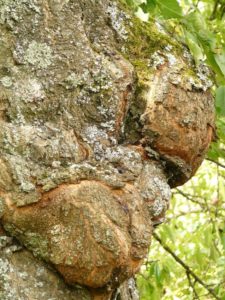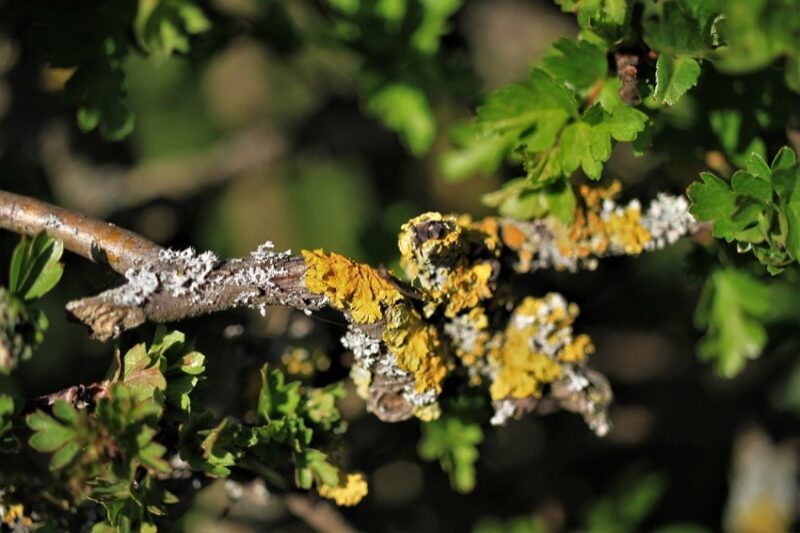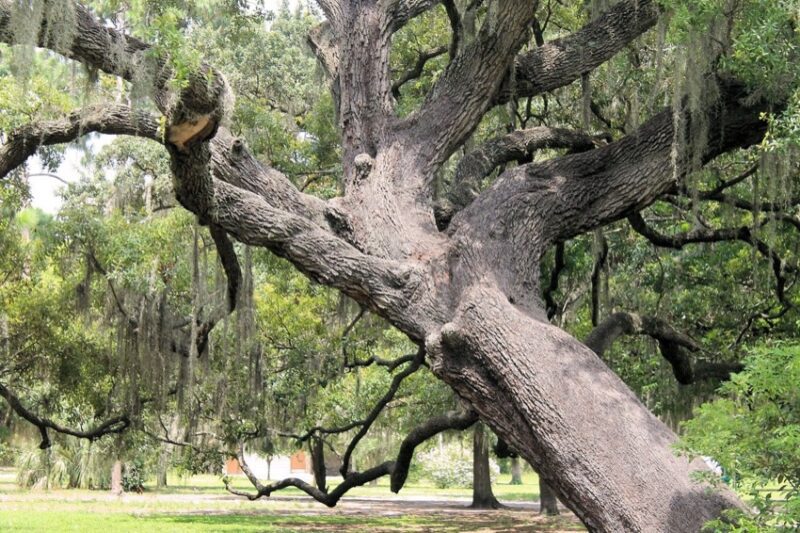We love our trees. They provide shade, clean the air, increase our property values, and add some visual variety to the landscape. But, like anything else, trees have life cycles, and a dead or unhealthy tree can put the safety of you, your family, and your home at risk. A proactive approach to tree care is crucial, since the earlier you can spot signs of decay, the earlier you can do something about it. Follow these steps for checking the health of your trees.
Checking the Health of Your Trees at the Root
When checking for potential problems with the health of your trees, start from the bottom and work your way up. Inspect the roots of your trees. Is the ground heaving? Do you see any severed roots? Do you see any signs of decay, like mushroom growth?

Checking your tree’s root system will be particularly important if you’ve done any excavation or construction projects near it. The last thing you need is for an unsupportive root system to cause your tree to topple over onto your new structure.
Noticing Popped Collars

Moving up from the roots themselves, next, you’ll want to inspect your tree’s root collar. This is the area of the trunk just above the soil.
Look for peeling or loose bark. Cracks and deep slits in the truck can point to a dead or dying tree as well. You’ll want to look for any signs of decay too, like swelling, cavities, soft spots, and small holes.
Wood cankers can also point to potential problems. These are isolated areas on the bark, stems, or branches that look discolored or depressed. Wood cankers can occur where fungus has grown between the bark and the wood, killing the affected area. Cankers can also occur from damage caused by string trimmers, lawnmowers, chemicals, insects, or other environmental conditions.
Check Your Branches
The next step in checking your tree’s health is to inspect the branches. Are there branches that should be covered in leaves but aren’t? Does one area of your tree sport dead or brittle branches? This can point to serious trunk and root damage.
Weak branch unions with the trunk can point to issues, but these issues might be reversible with some pruning.
A Fungus Among Us

Look for any fungus on the trunk, branches or leaves. On the truck and branches, mushrooms can be a giveaway that part of your tree is rotting internally. Leaves that have spots, holes, or off colors could point to fungus affecting the health of your tree.
Leaning Tower of Tree-sa
Obviously, if you have an uprooted tree where all of the roots are exposed, you should remove that tree. But, you may be able to salvage a tree that has at least one-third of its root system firmly in the ground, and if the exposed root system looks healthy.

If the tree is young and leaning, you might be able to get away with supporting the tree with a tree staking kit to promote upright growth and a strong root system. This will take a growing season, but you could correct the lean.
Location, Location, Location
Where is your tree located? How is it growing? Is it growing into overhead wires? Is it located near any underground pipes? Are there any nearby driveways, sidewalks, or permanent structures?

We’ve talked about the foundation damage and how root systems can cause issues with plumbing, but the tree’s canopy can also present problems where power lines are present. However, before removing the tree altogether, you could have the option of having the tree trimmed around the cable lines.
Consider Calling the Professionals
Pruning large trees and removing trees can be dangerous work that should really only be handled by trained Pros. If, after checking the health of your trees, you’ve decided that serious measures need to be taken, contact a certified arborist before trying to tackle any major pruning or removal projects. They can further direct you in what steps ought to be taken, as well as provide quotes for bigger projects.
Perhaps you recently or soon will remove a tree on your property. Check out our guides to stump removal and how much it costs!



